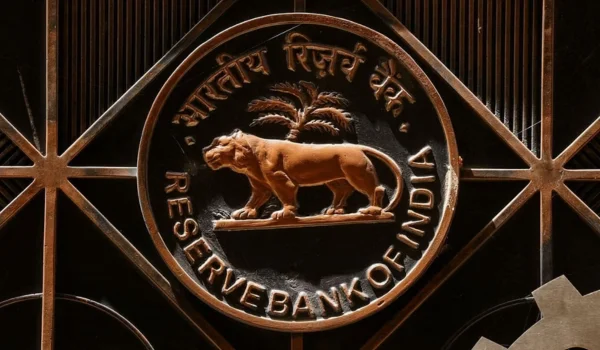In a significant move to improve consumer protection and transparency in the lending sector, the Reserve Bank of India (RBI) has directed large non-banking financial companies (NBFCs) to publicly disclose the maximum rates they charge on their loan products. This directive includes not just interest rates but also processing fees, insurance premiums, and all associated charges. Additionally, these maximum rates must be approved by the respective NBFCs’ boards of directors before implementation.
Addressing Rising Household Indebtedness
The RBI’s directive comes at a time when household indebtedness in India is rising. By mandating NBFCs to clearly outline the total cost of their loans, the central bank aims to curb potential exploitative lending practices. The disclosure requirement covers a wide range of loan products, including mortgages, vehicle loans, property loans, gold loans, and education loans.
This move ensures that borrowers are fully aware of the costs associated with their loans, reducing the chances of hidden charges that often lead to financial distress.
Ensuring Board-Level Oversight
A senior industry official noted, “In a free interest rate regime, RBI cannot impose any caps, and it is not doing it. Technically, RBI has no role to play on lending rates that banks and NBFCs decide. But, there is a subtle pressure: once an NBFC spells out in black and white the highest charge on each type of loan, it would not be in a position to breach it.”
This emphasizes that while the RBI is not capping lending rates, it is ensuring that NBFCs are held accountable for the rates they declare, which will now be subject to board approval. Any increase in these declared rates would require re-approval by their boards.
Recent Regulatory Actions Against NBFCs
The directive follows recent actions by the RBI against four NBFCs—Asirvad Micro Finance, Arohan Financial Services, DMI Finance, and Navi Finserv—preventing them from sanctioning and disbursing new loans. The restrictions were imposed due to excessive interest rates, substantial mark-ups over their funding costs, and non-compliance with regulations related to assessing borrowers’ repayment capacities.
These actions demonstrate the RBI’s commitment to ensuring that NBFCs operate within ethical lending parameters, preventing them from imposing exorbitant rates on borrowers.
Mandating Fixed Interest Rate Options
In a related move, the RBI has also made it mandatory for banks to offer fixed interest rate options for all equated monthly installment (EMI)-based personal loans. This gives borrowers the flexibility to choose between fixed and floating interest rates, helping them plan their repayment strategy more effectively.
Additionally, banks must now disclose the annualized interest rate and notify borrowers of any changes in EMI or loan tenure during the loan term. This initiative aims to protect borrowers from unexpected increases in their loan burden.
Extending Key Fact Statement Requirements
To further enhance transparency, the RBI has extended the requirement for a Key Fact Statement (KFS) to include all retail and MSME loans. The KFS provides borrowers with critical loan details in a standardized, easy-to-understand format, including:
- The annual percentage rate (APR)
- An amortization schedule
- A breakdown of all third-party charges
This measure ensures that borrowers have complete clarity about the financial obligations they are undertaking, reducing the risk of hidden fees and misleading loan terms.
Industry Implications and Future Outlook
The RBI’s recent regulatory interventions highlight a broader strategy aimed at making lending practices more transparent and consumer-friendly. By enforcing stricter disclosure norms, the central bank is promoting fair competition in the financial sector and ensuring that consumers make informed financial decisions.
As NBFCs and banks align with these regulations, the Indian lending ecosystem is expected to become more stable, ethical, and consumer-centric. This shift will not only safeguard borrowers but also reinforce the integrity of the financial system, making credit more accessible and predictable for millions of Indians.
With these measures, the RBI is setting a strong precedent for responsible lending, encouraging financial institutions to adopt fair pricing strategies while ensuring that borrowers are protected from exploitative lending practices.

Hello, I’m Kapil Kumar, a seasoned SEO expert and blogger at WinnersList.in. My mission is to spotlight exceptional individuals and organizations across various domains. Through curated lists, profiles, and inspiring stories, I aim to celebrate outstanding achievements and inspire the next generation of champions. Join me in this journey.

